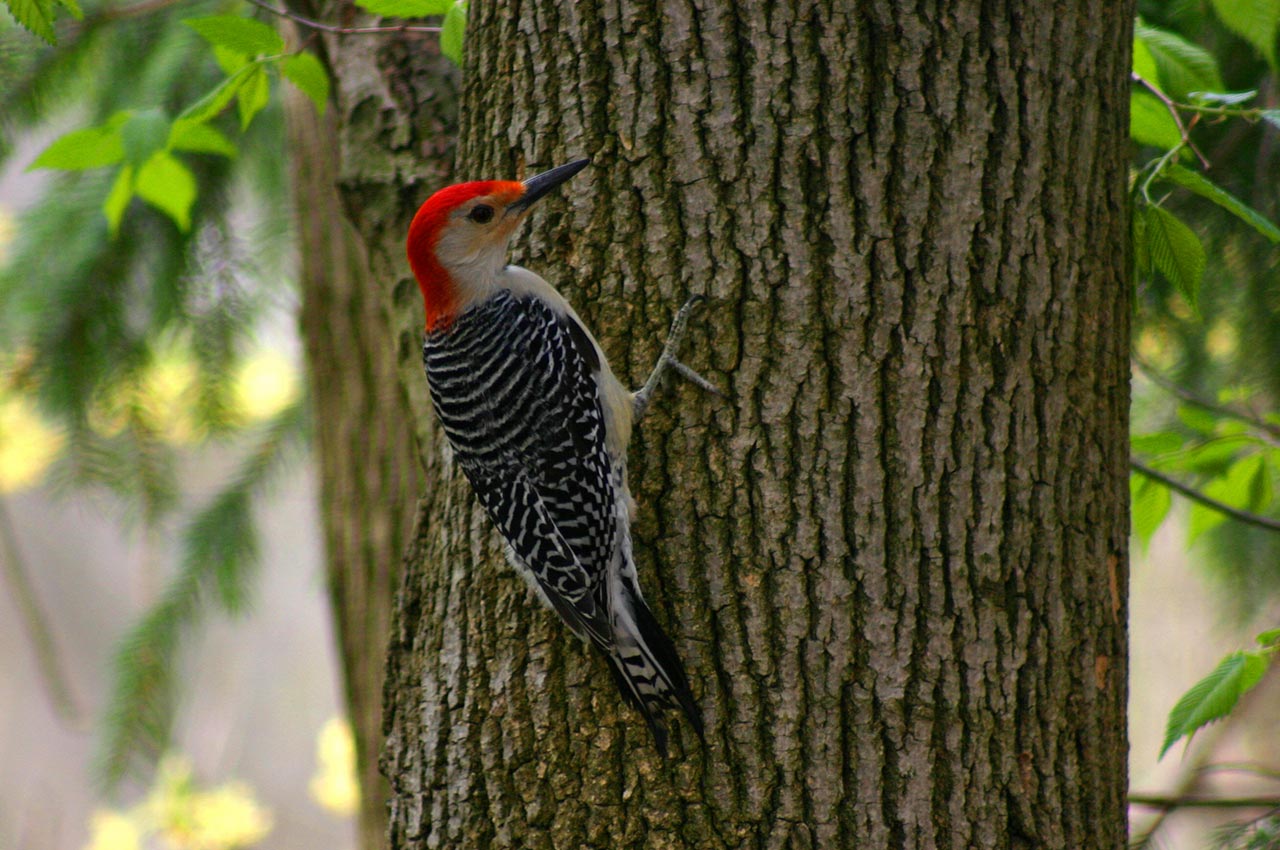Discover the Remarkable World of Woodpeckers: Every Little Thing You Required to Know
The world of woodpeckers is a realm loaded with distinct behaviors, complex adaptations, and a diverse range of species. From their environments and circulation patterns to their feeding behaviors and specialized anatomical attributes, woodpeckers have actually long mesmerized the passion of ornithologists and nature enthusiasts alike. Understanding the complexities of these fascinating birds provides a glance into the complex interaction between their biology and the atmosphere. As we explore the globe of woodpeckers additionally, we uncover a wealth of info that clarifies their importance in environments and the obstacles they encounter in an ever-changing world.
Woodpecker Habitats and Distribution
Woodpeckers occupy a varied variety of environments worldwide, showcasing versatility in their circulation patterns. These resistant birds are found in woodlands, timberlands, savannas, and deserts across various continents, demonstrating their capacity to prosper in different weather conditions. In North America, as an example, woodpeckers can be detected in both coniferous and deciduous woodlands, utilizing their strong beaks to forage for insects and create nesting tooth cavities in trees. Likewise, in Africa, particular woodpecker varieties have actually adapted to dry settings, such as the acacia forests, where they play a vital function in controlling insect populations.

Feeding Behaviors and Diet Plan
Woodpeckers utilize their strong beaks to pierce right into the bark of trees, penetrating for insects and larvae hidden beneath the surface. In addition to pests, woodpeckers also consume nuts, seeds, fruits, and sap.
Woodpeckers are understood for their drumming habits, which serves not just to connect with other woodpeckers yet also to situate food. The fast drumming noise is created by the bird pecking on powerful surfaces like dead trees or metal posts. This habits can bring in bugs concealed in the timber, enabling the woodpecker to spot their existence and prey on them.
Special Adjustments for Tree Climbing
In their experienced pursuit of pests hidden within tree bark, woodpeckers have actually evolved exceptional anatomical features that outfit them with special adjustments for efficient tree climbing. Among the vital adjustments is their zygodactyl feet, with two toes aiming onward and 2 pointing backward, offering a solid hold on tree trunks. This customized foot arrangement permits woodpeckers to stick to upright surfaces easily, allowing them to go up and down trees with dexterity. Furthermore, woodpeckers have rigid tail feathers that serve as a helpful prop while they climb, assisting in balance and stability. Their solid, chisel-like beaks are not only used for drilling right into wood yet likewise for gripping onto bark as they rise tree trunks. Woodpeckers have strong neck muscles and an one-of-a-kind head framework that soak up the effect of consistent pecking, permitting them you can try this out to climb vertically without causing injury to their minds. These adjustments showcase the incredible transformative design that allows woodpeckers to navigate trees with precision and performance.
Diverse Woodpecker Species Worldwide
With over 200 various varieties spread out throughout different environments worldwide, the household of Picidae includes an impressive diversity of woodpeckers. These birds can be found in woodlands, timberlands, savannas, and also urban locations, news showcasing their adaptability to different environments. From the iconic Northern Flicker in North America to the vivid and elusive Crimson-backed Flameback in Asia, each woodpecker types exhibits one-of-a-kind attributes in terms of quill, actions, and environment choice.
Woodpeckers vary substantially in size, with the small Downy Woodpecker determining around 6-7 inches in size, while the effective Lineated Woodpecker can rise to 17 inches - Woodpeckers in Florida. Their beaks likewise come in various shapes and dimensions, showing their feeding behaviors. Some types specialize in extracting bugs from tree bark, like the Acorn Woodpecker, while others, such as the Black-cheeked Woodpecker, eat fruits and seeds

Conservation Efforts and Difficulties
Preservation initiatives for woodpecker populaces are important in alleviating the effect of habitat my sources loss and various other hazards facing these diverse avian varieties. Woodpeckers encounter various difficulties to their survival, mainly as a result of logging, urbanization, climate change, and intrusive species. To attend to these issues, preservation initiatives focus on safeguarding and restoring woodpecker environments, executing lasting forestry practices, and raising awareness about the importance of these birds in ecological communities.
One substantial difficulty in woodpecker preservation is the fragmentation of their environments, leading to separated populaces that are much more at risk to termination - Woodpeckers in Florida. Preservationists function to create wildlife hallways and safeguarded areas that attach these fragmented environments, allowing woodpeckers to relocate between different locations for feeding, reproducing, and shelter

Final Thought
In verdict, woodpeckers are remarkable birds with distinct adjustments for tree climbing and feeding actions. Further study and preservation actions are required to make certain the survival of woodpeckers in the wild.
Comments on “Understanding Woodpeckers in Florida: Habits, Types, and Environments”